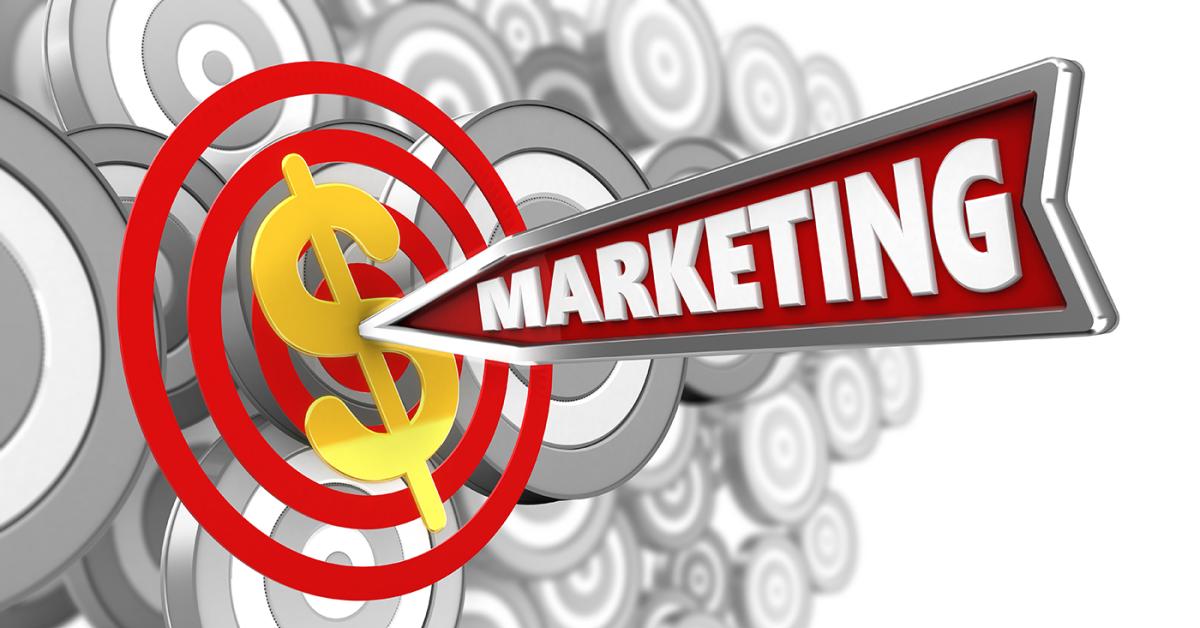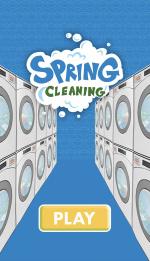CHICAGO — If dry cleaners could both personalize and automate their marketing, not only would it be more effective, but it would also free up the time and minds of owners and give them better, more consistent results.
During her recent webinar, “Simplifying Trigger Based Marketing,” Denise Goldstein, marketing manager at SMRT Systems, detailed how automation and personalization are the strengths of this type of marketing. In the webinar, hosted by the Drycleaning & Laundry Institute (DLI), she also gave specific examples of how dry cleaners can put trigger-based marketing for work in their company.
In Part 1 of this series, we examined the elements that make up trigger-based marketing and why it’s an effective form of promotion for dry cleaners. Today, we’ll continue by delving into the particular strengths of this type of marketing and examples for cleaners who want to explore it for their own companies.
Triggering Automatic Benefits
Automation is the key to making trigger-based marketing effective, Goldstein says.
“Automation is going to be your best friend in the situation,” she says, “because it’s going to allow you to stay in touch with your customers. You can set it and forget it. And you don’t have to manually create messages — they’re just going to run automatically.”
While this type of messaging doesn’t require day-to-day interaction, dry cleaners should monitor and adjust it from time to time.
“Perhaps you’re checking in on a quarterly or monthly basis to see how it’s working, but it’s definitely not a daily thing,” she says. “You don’t need to be worrying about, ‘Oh, I have to be doing marketing again.’ it’s just it’s already working for you. And for a busy business owner, this is critical.”
Goldstein believes that one of the benefits this type of personalized marketing program brings is customer loyalty.
“You’ll foster these customers to connect to your business,” she says, “and you’re helping them keep their to-do list active and current. It keeps you on the top of their to-do list, as well. You’re helping them and you’re going to get business out of it.”
This loyalty is the key to long-term growth.
“Acquiring new customers costs five times more than retaining customers — and sometimes more,” Goldstein says. “They’re already in your orbit, so by pushing messages that are relevant to them, they’re going to come back and spend even more with you.”
Customers getting marketing from companies that they already do business with are more likely to respond.
“That new customer isn’t familiar with you, and they’re not dedicated to you,” Goldstein says. “The success rate of selling to a customer you already have is 60 to 70%, while the success rate of selling to a new customer is 5 to 20%. This really does show the value of doing whatever you can to keep your current customers active, engaged and excited about you.”
Because trigger-based marketing is reliant on data, Goldstein says, cleaners can also track how effective their efforts are.
“You have data driven insights about how your market is doing,” she says. “You can check on it. You can see how many people are opening these emails and how much you’re getting back from them. Are they using the coupons you’re giving them? You can actually track that data versus just sending something out to the world and not really knowing how it’s going to do.”
Examples for Dry Cleaners
There are several use cases, Goldstein says, for dry cleaners who want to get involved with trigger-based marketing — the first of which is to welcome new customers.
“When you get a new customer, you want to make them feel welcome,” she says. “So, you can trigger an email as soon as they’ve signed up, and they would get a message from you.” This message, in addition to welcoming them and thanking them for their business, could also give them information about your store and the services you offer.
Once they’ve come in once, the next step is to keep them coming in.
“New customer retention is extremely important, as well,” Goldstein says. “Once they’ve had an order with you, you can send a message after that first order and say, ‘We’re so glad you had your first order with us. Here’s something to bring you back in again.’ Maybe it’s a discount or $5 off the next visit. Whatever it is, it’s you acknowledging that they’re new, and you really want to keep their business.”
If an individual customer hasn’t been coming in, a gentle prod can sometimes remind them to return.
“Your POS is going to have this data, and you’re going to be able to track how long it’s been since someone has been in,” she says. “So, you can set up a message to go out, saying that it’s been a while since they’ve visited your store. It’s a friendly way to just say, ‘Hey, we miss you — we want you to come back.’”
Thanking your best customers is also a way to nurture that valuable relationship.
“Some POS systems can track demographics and spending habits, and put people into spending categories,” Goldstein says. “But, if you don’t have that automatic sort of designation that someone’s a top customer, you can always just set a dollar amount — if someone’s spent a certain amount of money in a month, three months or a year. Then, you can use that data to send a thank you and say, ‘You know what, you’re one of our most loyal customers — we’re so appreciative, so thank you.’ And again, if we’re doing this the right way, this is an automated system. It’s checking that data and then automatically sending that thank you.”
Dry cleaners who can send out targeted, personalized messages on special days can also make their customers feel seen as individuals.
“These are the ‘Happy Anniversary’ or ‘Happy Birthday’ messages,” Goldstein says. “This is information that your POS should have. It’s the anniversary of their first order with you, or it’s their birthday. You can send the anniversary or birthday message with a coupon.”
Promotions can also be timed to be sent out to certain individuals at certain times in order to maximize marketing efforts without swamping the business with an influx of new work.
“One of the drycleaning industry’s latest darlings are tiered comforter promotions,” Goldstein says. “You select groups to get a comforter promotion on a tiered schedule so that you’re not overwhelming your business with hundreds of comforters. This is a promotion you can run all year long, and is very profitable for a lot of people.”
In order to keep trigger-based marketing efforts effective, it’s important to keep the data healthy.
“You can also run a campaign asking customers to update their information, which really does help you collect any data that you’re missing on your customers,” Goldstein says. “You can make sure that are keeping their mobile number up to date, keeping their email up to date, and even their credit card. This helps you run your business better.”
Come back Tuesday for the conclusion of this series, where we’ll examine advanced triggers for marketing efforts and steps for starting a trigger-based marketing program. Click HERE for Part 1.
Have a question or comment? E-mail our editor Dave Davis at [email protected].
















































